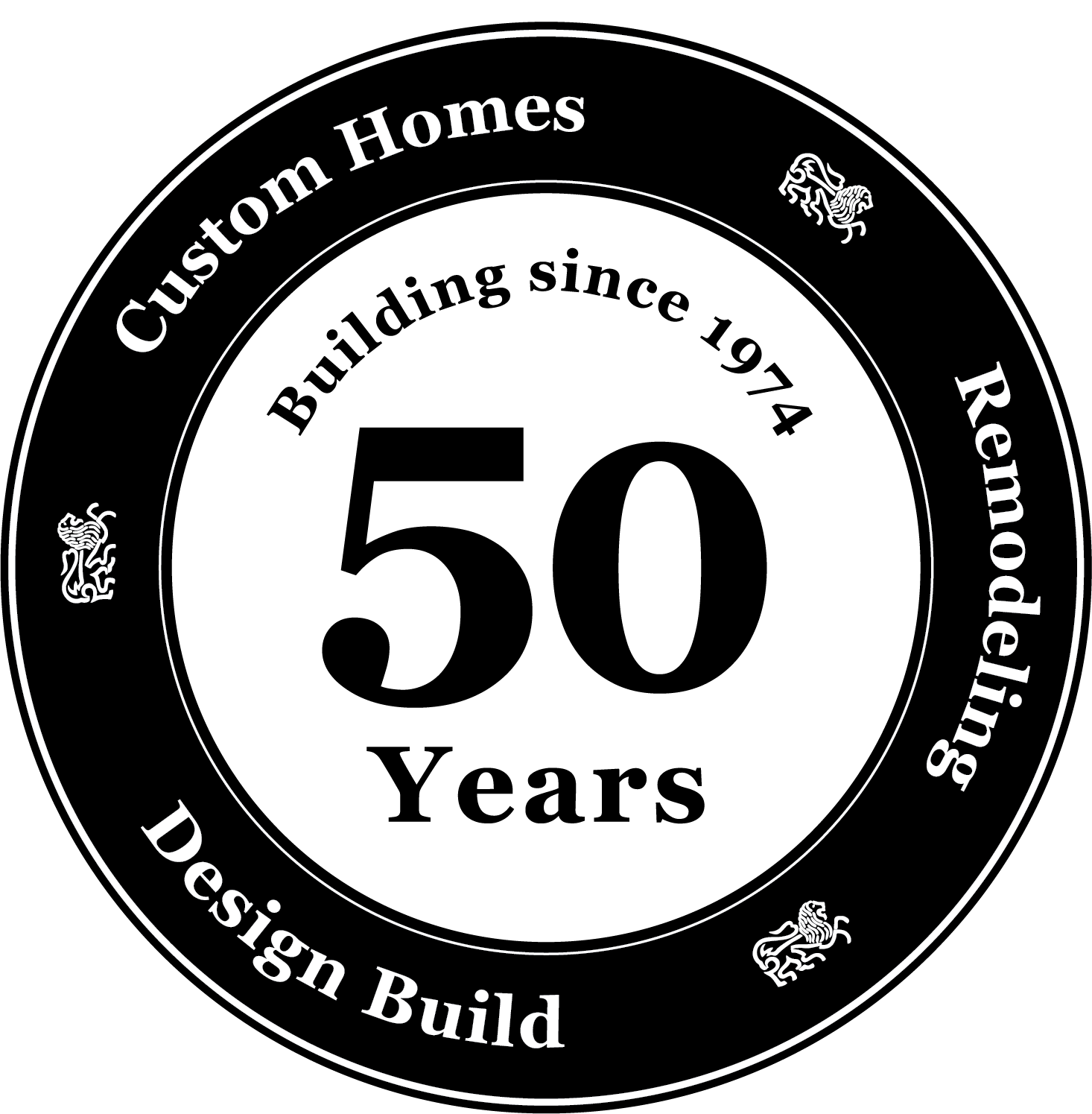If you buy a condominium, a townhouse, or a home in a planned development, you might be obligated to join the homeowner’s association (HOA) and pay the monthly HOA fees. These fees are collected for the upkeep of common areas of the building or the property. The amount of the HOA fees depends on how upscale the properties are and how many amenities it has to offer. What many people don’t know is that Homeowner’s Associations have been around for decades.
Where the HOA got it’s start.
When people started buying automobiles, it gave them freedom to move to different parts of the city and state and commute to work. This led to planned communities all around the country. In most of these developments, the homes looked the same. This attracted more affluent families. The people who lived in these homes shared the same views regarding how they wanted to live. As a result, the created associations would restrict residency based on religion and race.
The first planned developments were built on a potato field on Long Island, called Levittown. The builder’s name was William Levitt, and he built inexpensive, yet attractive homes for veterans so that they could purchase the homes at low interest rates under the Servicemen’s Readjustment Bill on 1944. Today, we call this the GI Bill. Over four years, 17,000 homes were built both in the original Long Island community and around it. The deeds to these homes prohibited things such as hanging laundry lines in the front yard, however, they had not yet created a formal homeowner’s association.
The Role of the HOA
As suburban living became more popular and an attractive option, developments were built. The people who lived in these developments were required to maintain strict standards. These included the color of the house, the standards for hedge and tree planting, and restrictions on pets. Either the developer himself or the first residents in the developments created these rules early on. Soon, they created an association who was there to enforce the rules and restrictions and called themselves the Homeowner’s Association. It was not uncommon for residents who lived in common interest developments (CID) to find themselves in disputes with the other neighbors or the homeowner’s association because they chose not to conform. Oftentimes, these disputes were over very minor infractions.
After the associations were created, the homeowners realized that just a few of them were maintaining the common areas on their own and were paying for it out of their own pocket. This is when they decided that it was time to charge every homeowner in the development a fee for the maintenance and upkeep of these areas. The HOA fees allowed homeowners to hire someone to do landscaping in the community and take care of all other common areas.
HOAs today
Today, homeowner’s associations exist in planned developments, leased land property, gated communities, and even in typical subdivisions. Not only are there fees, but the homeowner’s association can tell you what color your front door must be, if you can have a satellite dish, and if pets are permitted. If you live in a subdivision, the homeowner’s association can control the size and color of your fence, the color of your house, and the types ad number of cars that you can park on the street.
If you don’t follow the HOA’s rules, you can be fined and the eventually be sued. The same is true if you fail to pay your HOA fees. If you continue to refuse to pay and refuse to pay your fines, your mortgage could be foreclosed on.
If you don’t want to live under strict rules of the HOA, consider buying in a different community who does not have a homeowner’s association.

